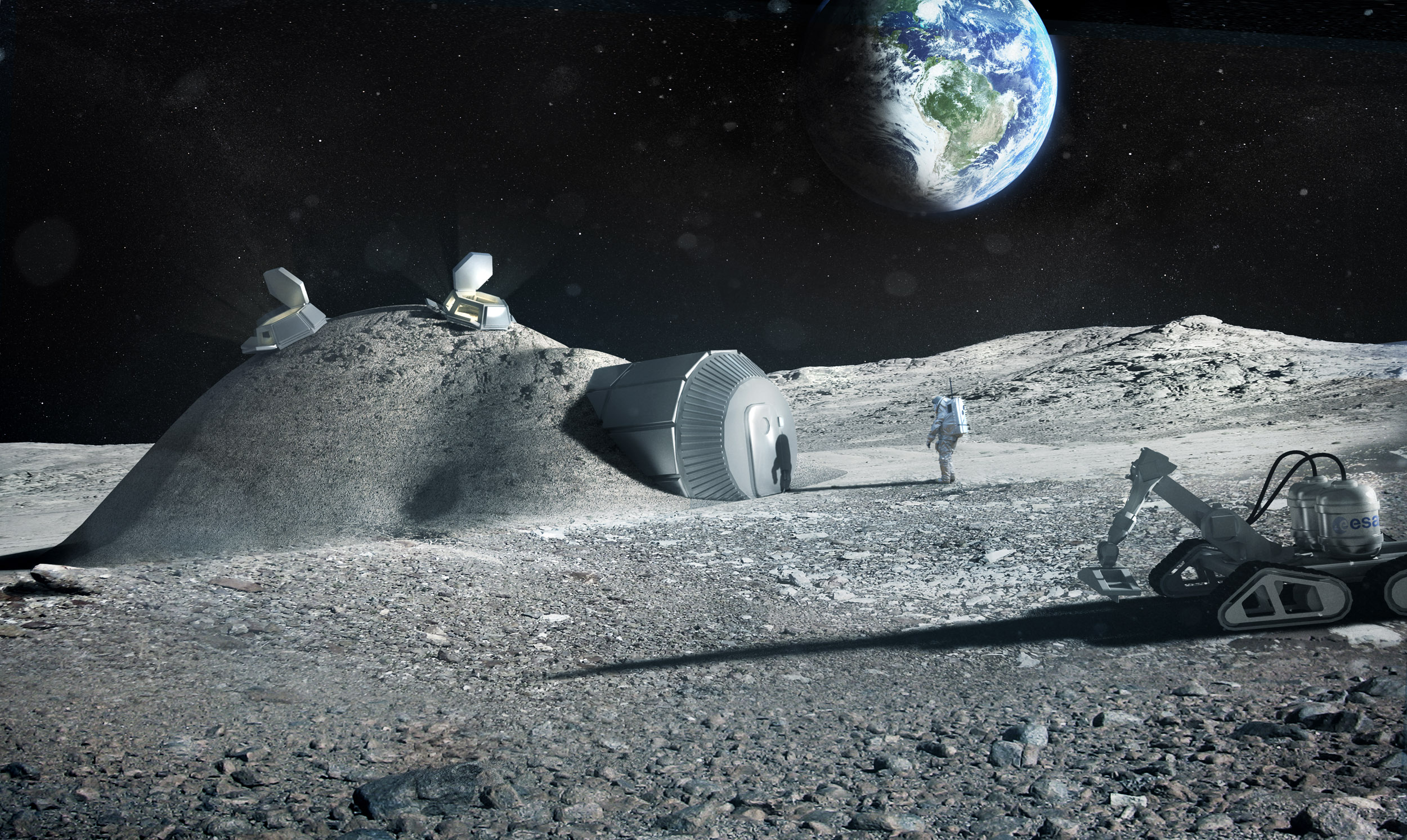Preventing problems for the mission to Mars: Researchers developing predictive model
06/26/2019 / By Edsel Cook

Traveling to Mars will be stressful even for veteran astronauts. To avoid any disastrous crisis that may doom the deep space mission, researchers are working on a predictive model that would identify potential conflicts and miscommunication between crew members during the voyage.
NASA’s Mission to Mars will send a manned spacecraft on a roundtrip journey that may cover up to 250 million miles in total. Numerous researchers are investigating the engineering, physiological, and social challenges of an extended trip involving massive distances in a small spacecraft.
A research team at Northwestern University looked at the field of teams and networks. They studied the behavior of astronaut crews on mock missions conducted in analog environments on Earth.
The researchers obtained data from the HERA (Human Experimentation Research Analog) mission at the Johnson Space Center in Houston, Texas and the SIRIUS mission at the Institute for Bio-Medical Problems (IBMP) in Russia. The astronauts in both mock missions were subjected to isolation, sleep deprivation, specialized tasks, and mission control, which simulated the ardors of space travel with delayed communication. (Related: Study: Can extended space travel increase an astronaut’s risk of cancer?)
The astronauts of the Mars mission must get along for three years or risk disaster
Using the data from these experiments, the Northwestern researchers set three objectives. First, they wanted to figure out how confinement and isolation would affect the performance of the team. Afterward, they planned to identify ways to improve the team’s effectiveness. Finally, they desired to create a predictive model for NASA.
The model provided a framework for selecting astronauts to assemble the dream team for the Mission to Mars. Furthermore, it offered to spot potential conflicts with existing teams before and during a mission.
Experts believe that the psychological challenges of the Mars manned mission surpass those of the landmark Apollo landings on the moon. The trip itself will last almost three years.
During that time, the astronauts would be stuck inside a small spacecraft that isn’t much bigger than a studio apartment. Messages between them and Earth would take more than 20 minutes to reach the other end.
“They are people who are incredibly physically fit and extremely smart,” Northwestern researcher Leslie DeChurch said about astronauts. “We’re taking an already state-of-the-art crew selection system and making it even better by finding the values, traits and other characteristics that will allow NASA to compose crews that will get along.”
Sleep-deprived astronauts are prone to potentially deadly mistakes
DeChurch and his Northwestern colleagues got their initial batch of data from HERA. Astronauts spent up to 45 days inside the capsule simulator of the Texas facility. An artificial mission control increased the realism of the mock mission with clever use of communication delays, sound effects, and vibrations.
The participating astronauts got deprived of sleep and forced to perform various tasks. Their performance, moods, psychosocial adaptation, and other attributes underwent analysis.
The evaluation of the first eight HERA crews showed that sleep-deprived astronauts displayed weaker creative thinking and problem-solving abilities. The rate of failure at a task ranged from 40 to 80 percent.
“Creative thinking and problem solving are the very things that are really going to matter on a Mars mission,” DeChurch warned. “We need the crew to be getting the right answer 100 percent of the time.”
The Northwestern research team planned to test the accuracy of their predictive model on a new HERA crew. They hoped to detect psychological problems ahead of time and increase the success of the astronauts by selecting the right team for a particular job.
Sources include:
Tagged Under: astronauts, brain function, breakthrough, deep space, discoveries, Mars, Mars mission, mental health, Psychology, Space, space exploration, Space Mission, space travel, Spacecraft, stress
RECENT NEWS & ARTICLES
COPYRIGHT © 2017 SPACE.COM
All content posted on this site is protected under Free Speech. Space.com is not responsible for content written by contributing authors. The information on this site is provided for educational and entertainment purposes only. It is not intended as a substitute for professional advice of any kind. Space.com assumes no responsibility for the use or misuse of this material. All trademarks, registered trademarks and service marks mentioned on this site are the property of their respective owners.

















